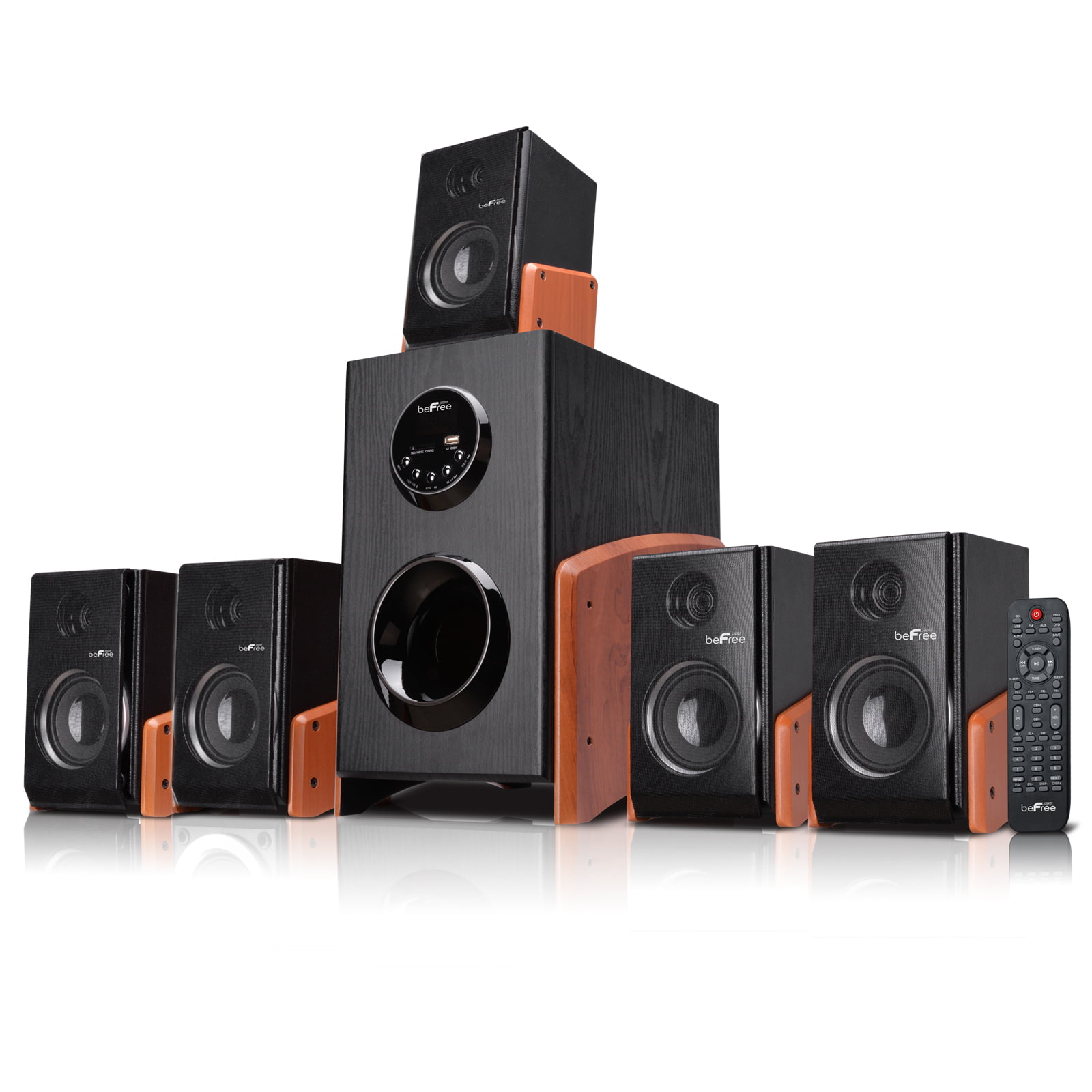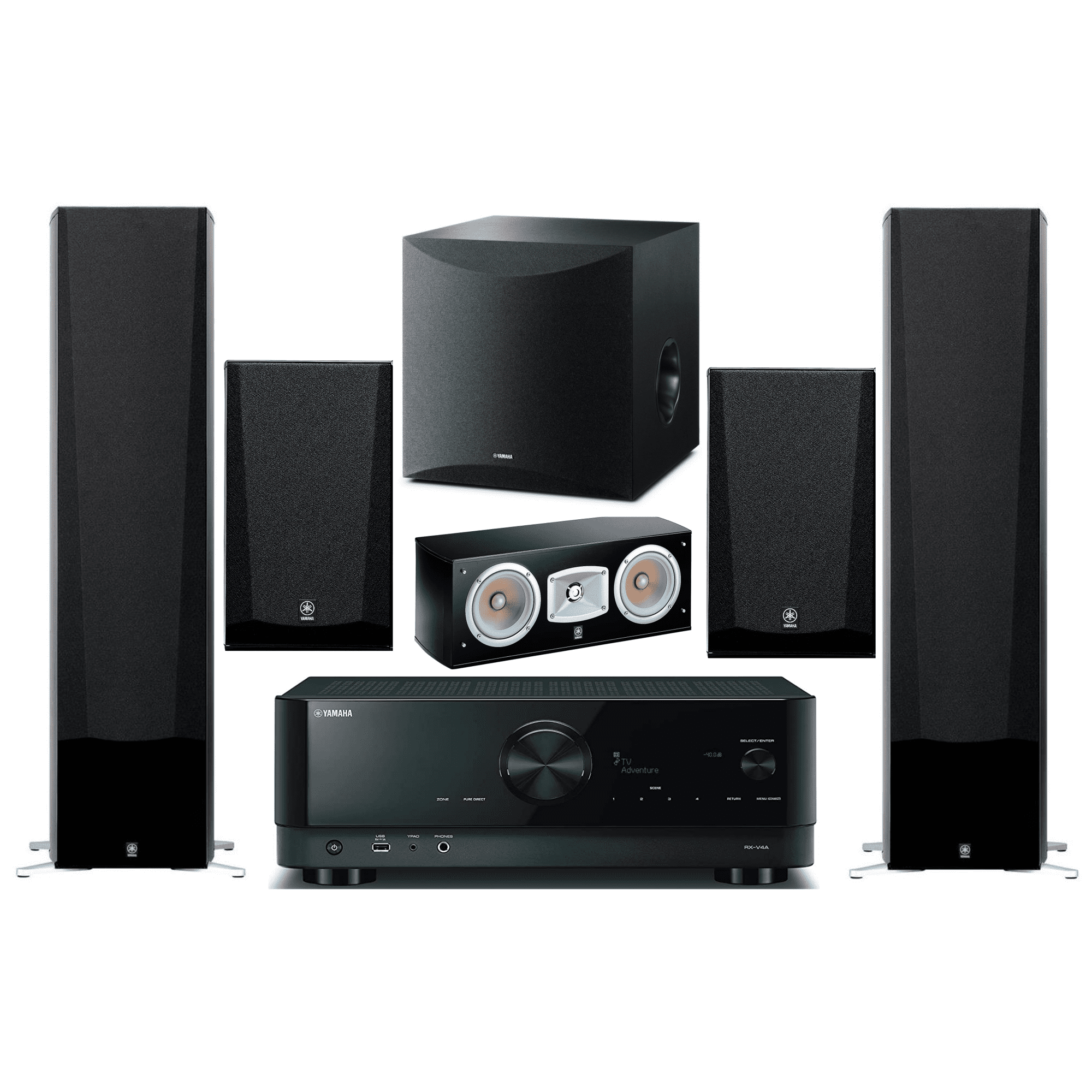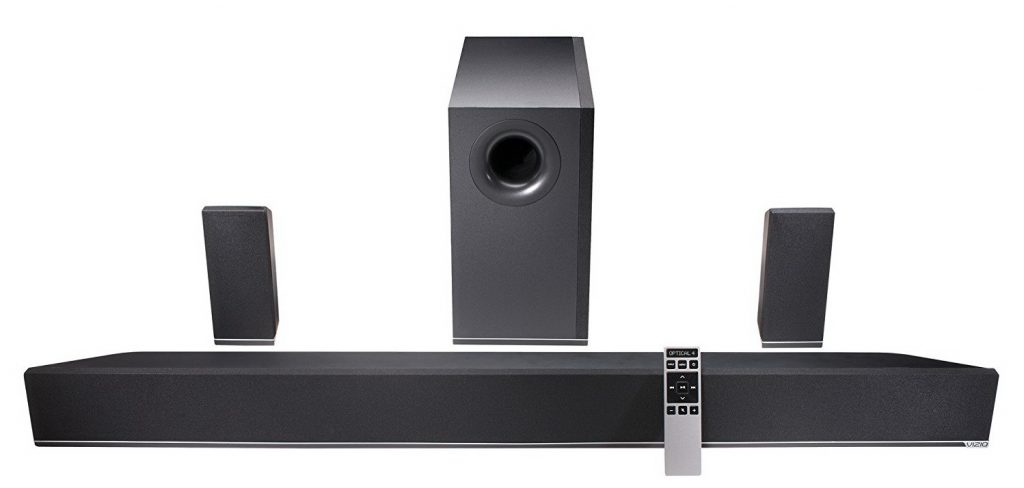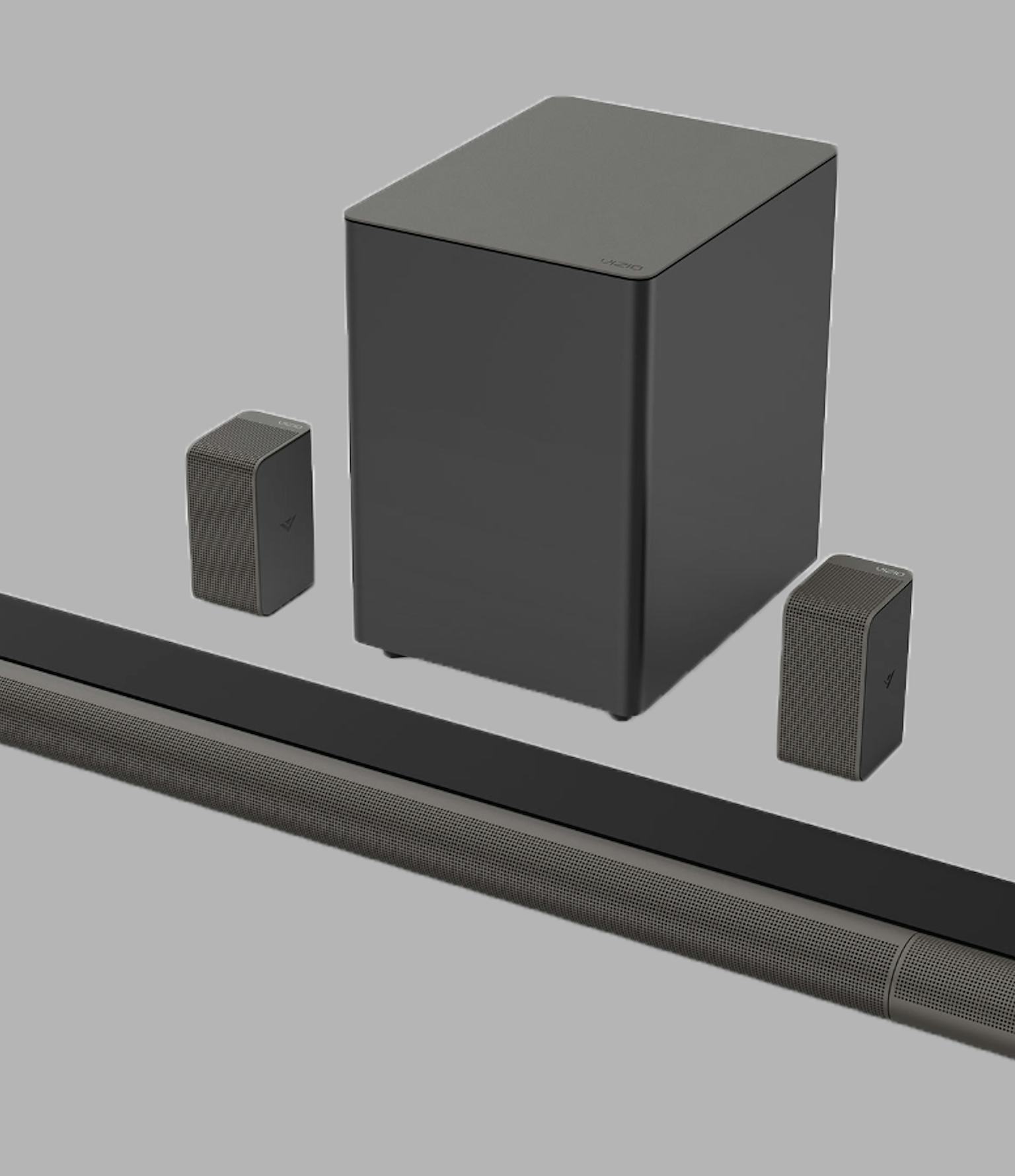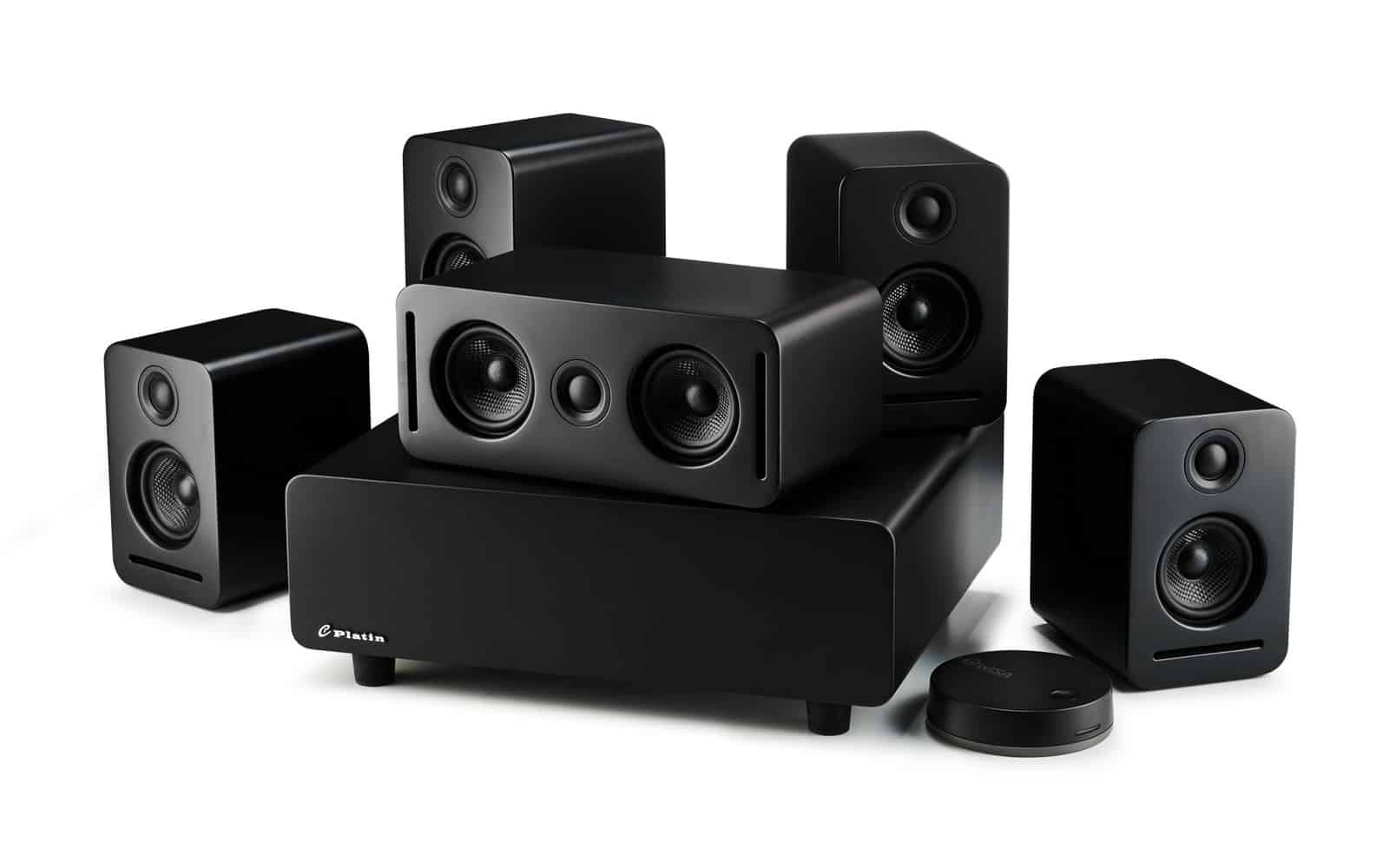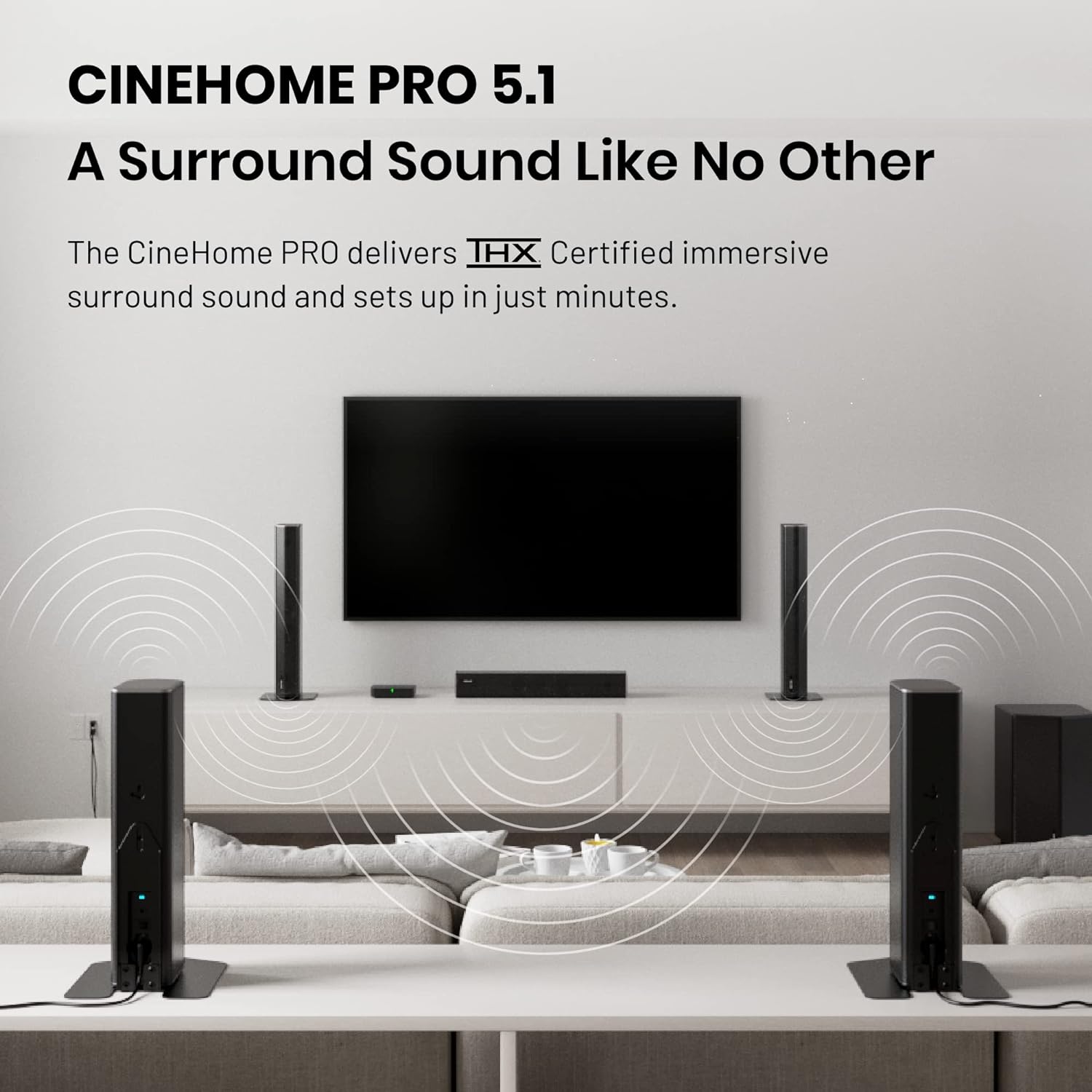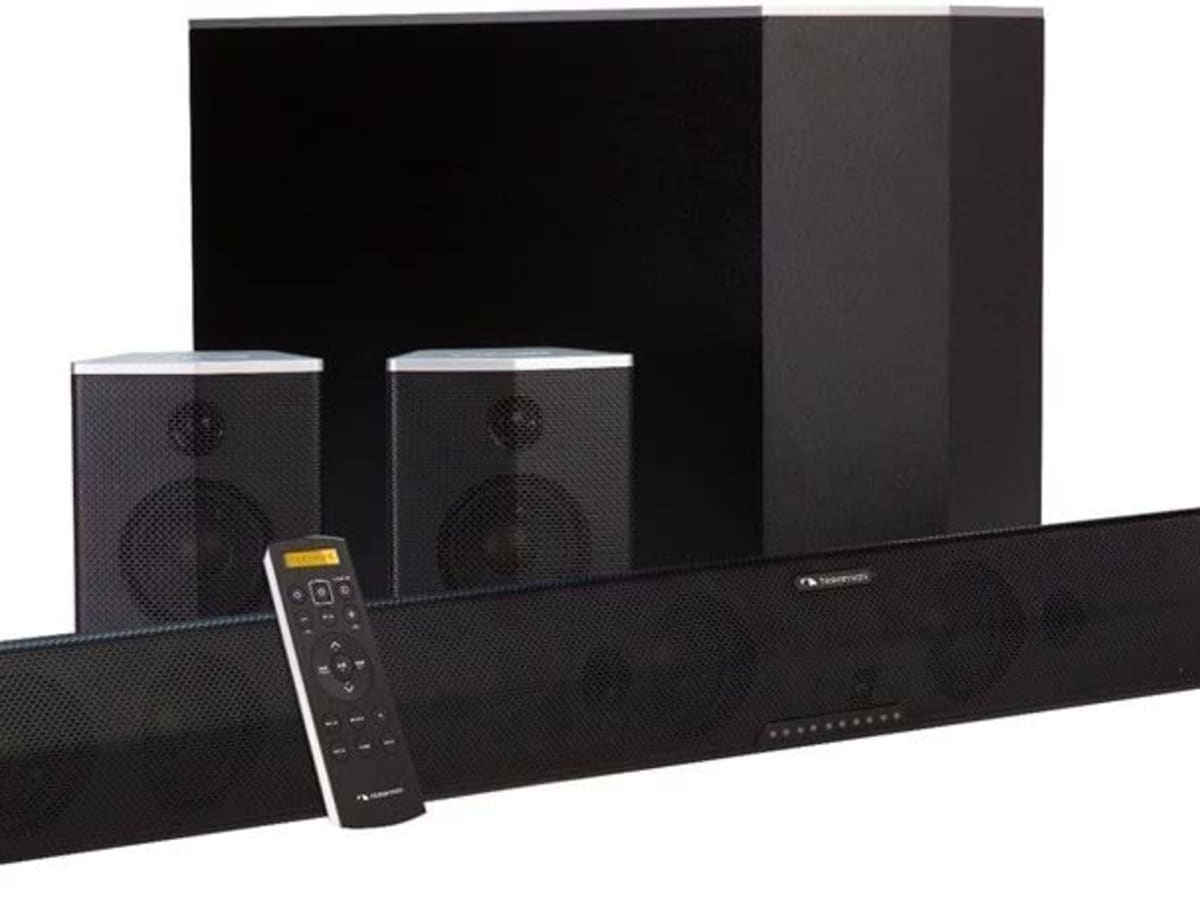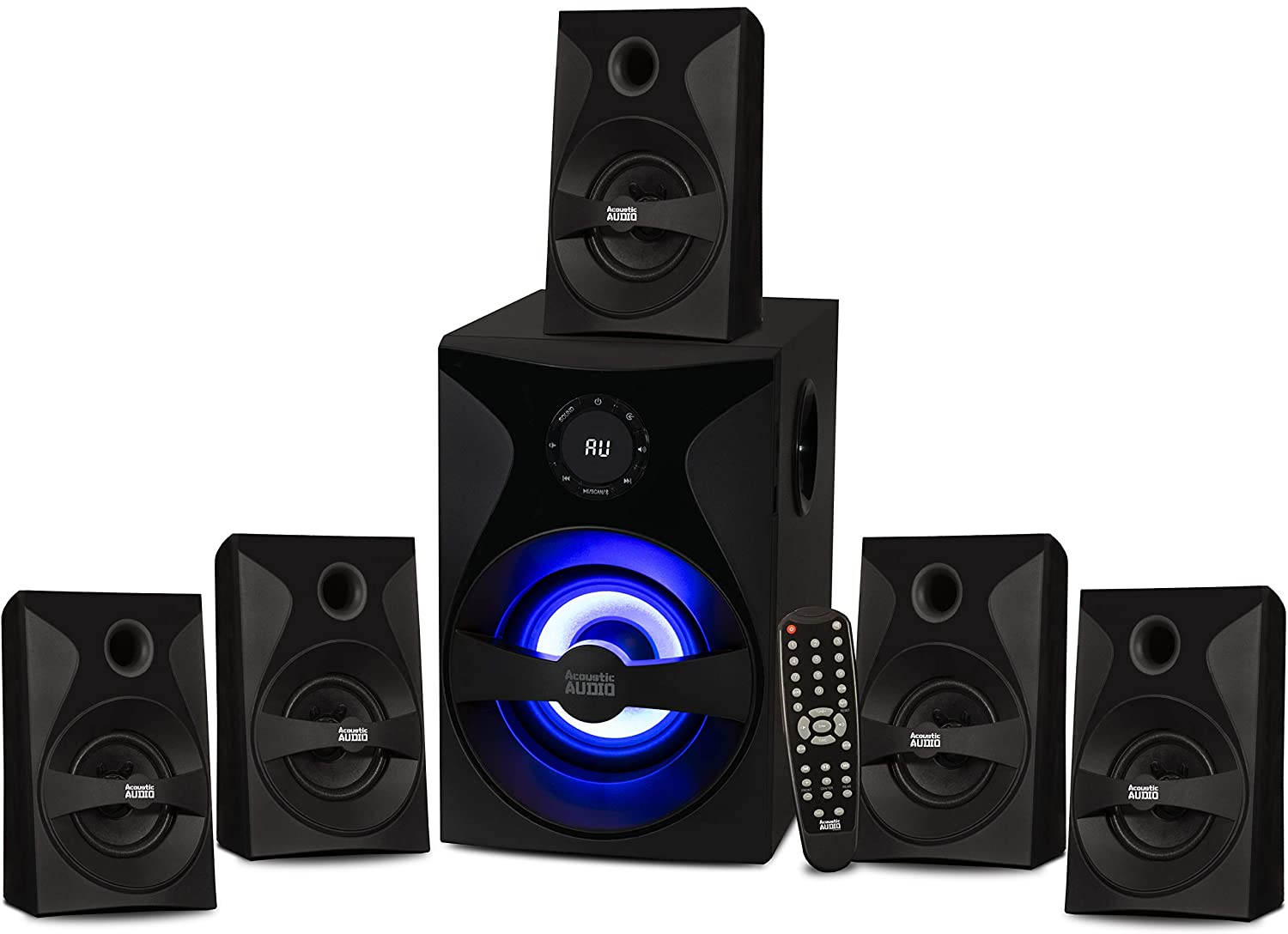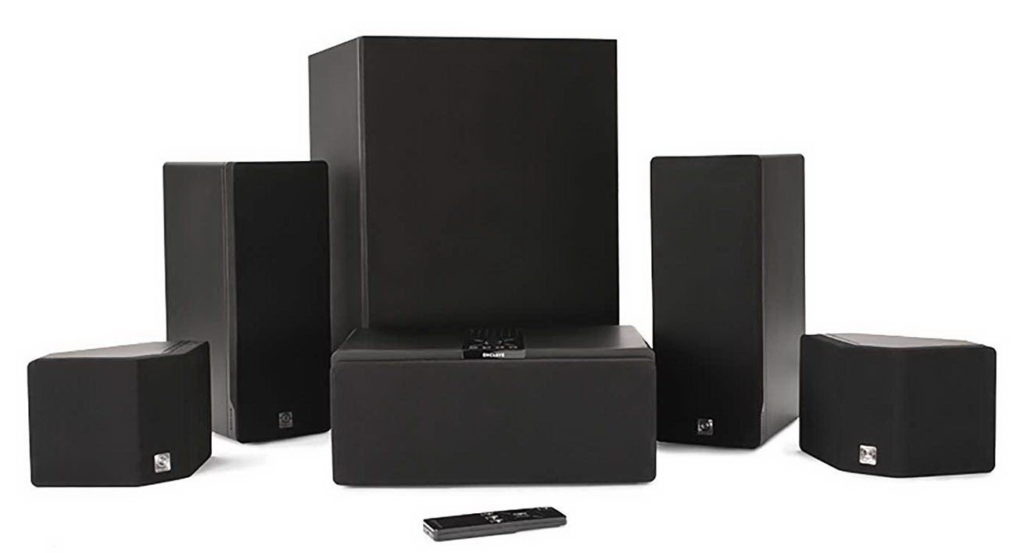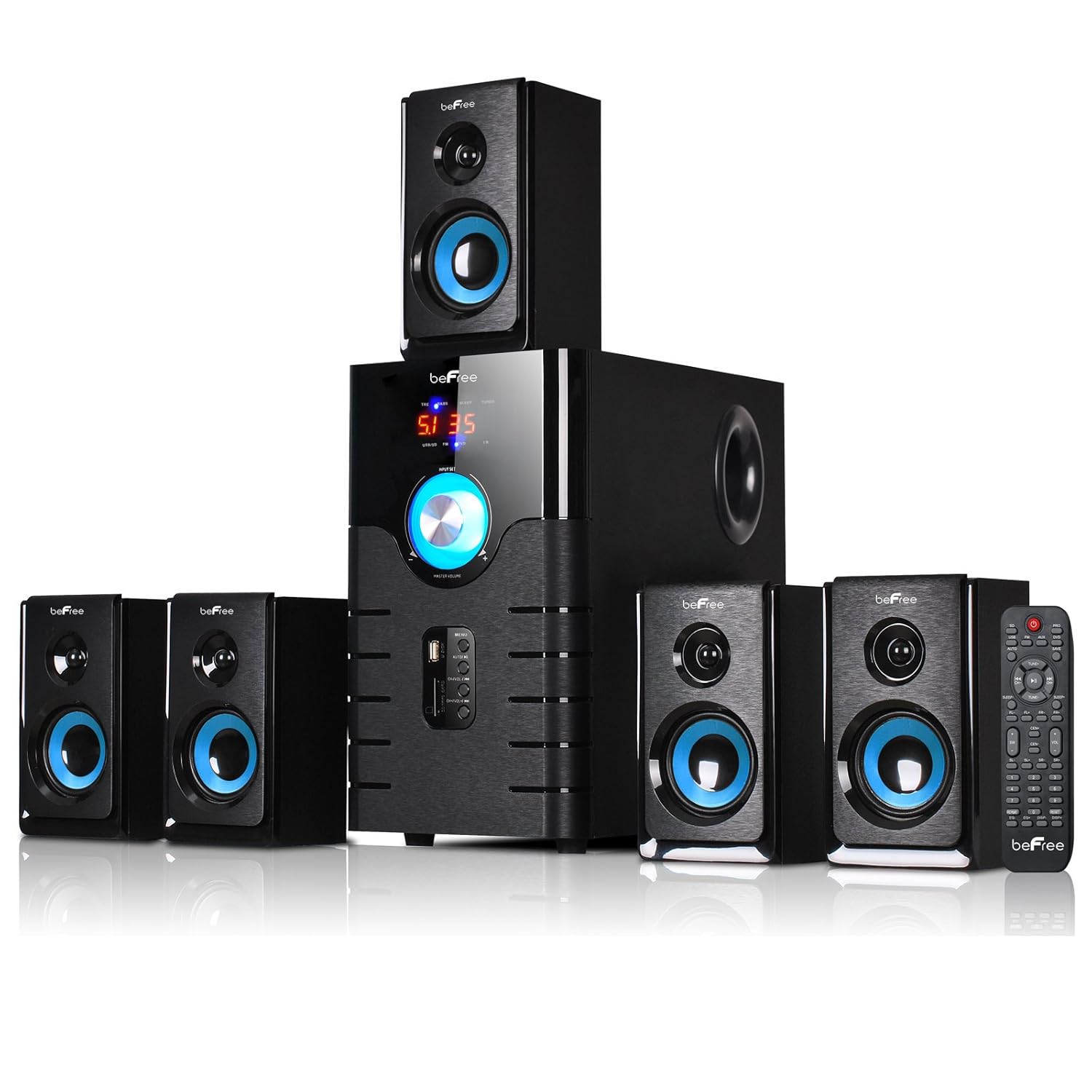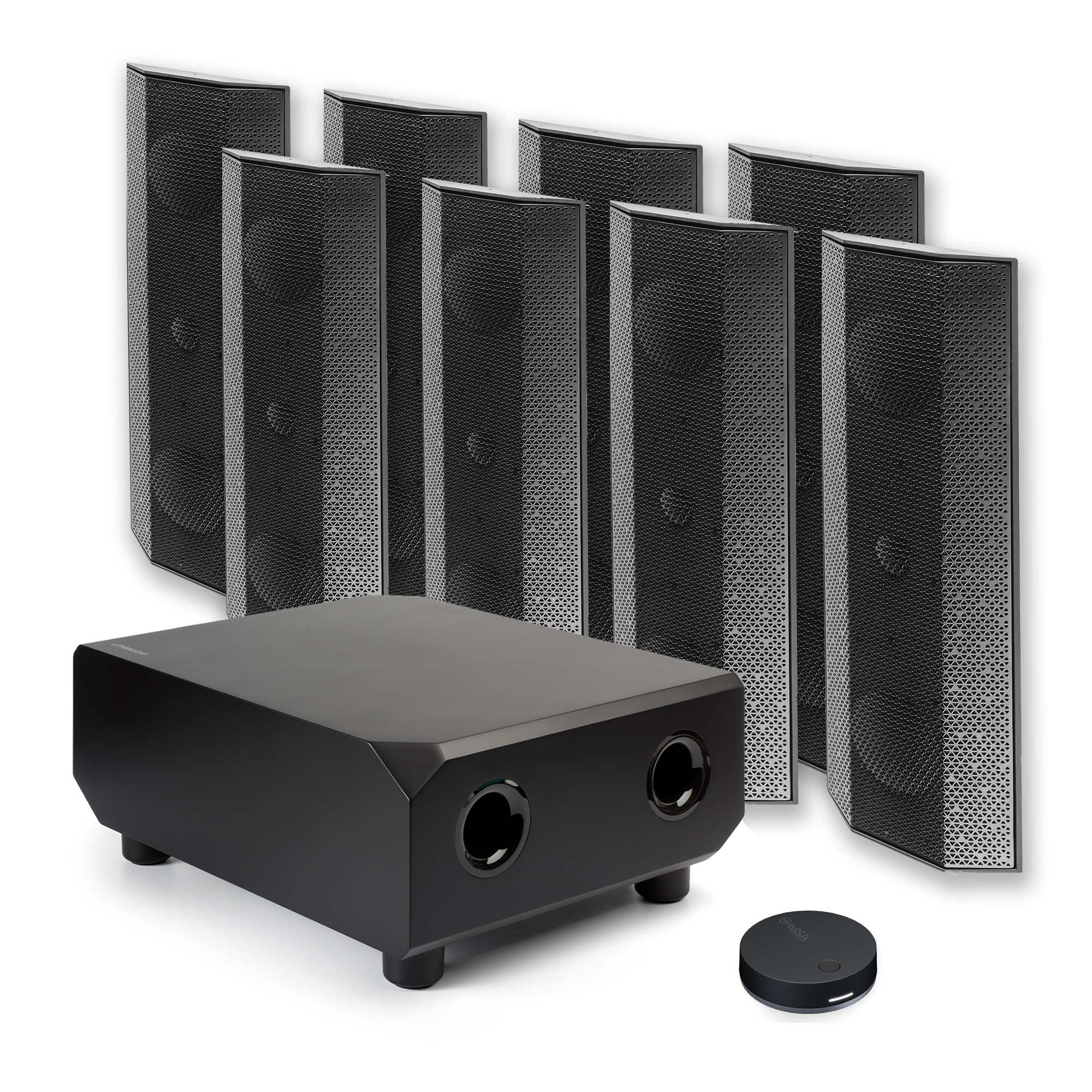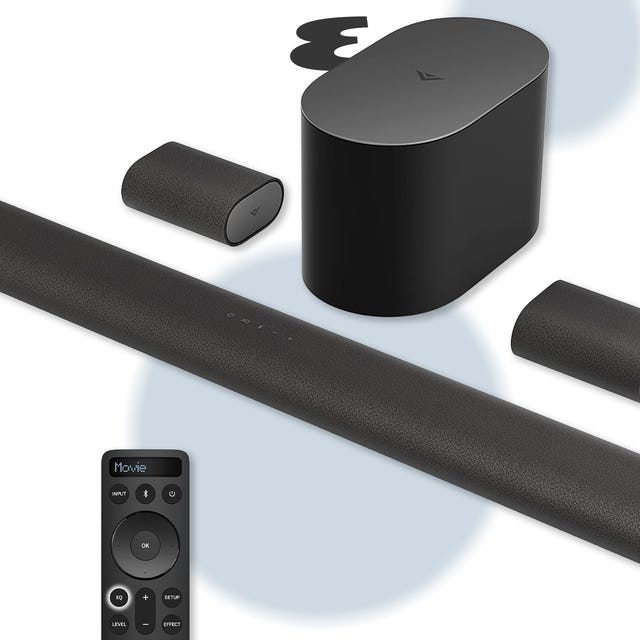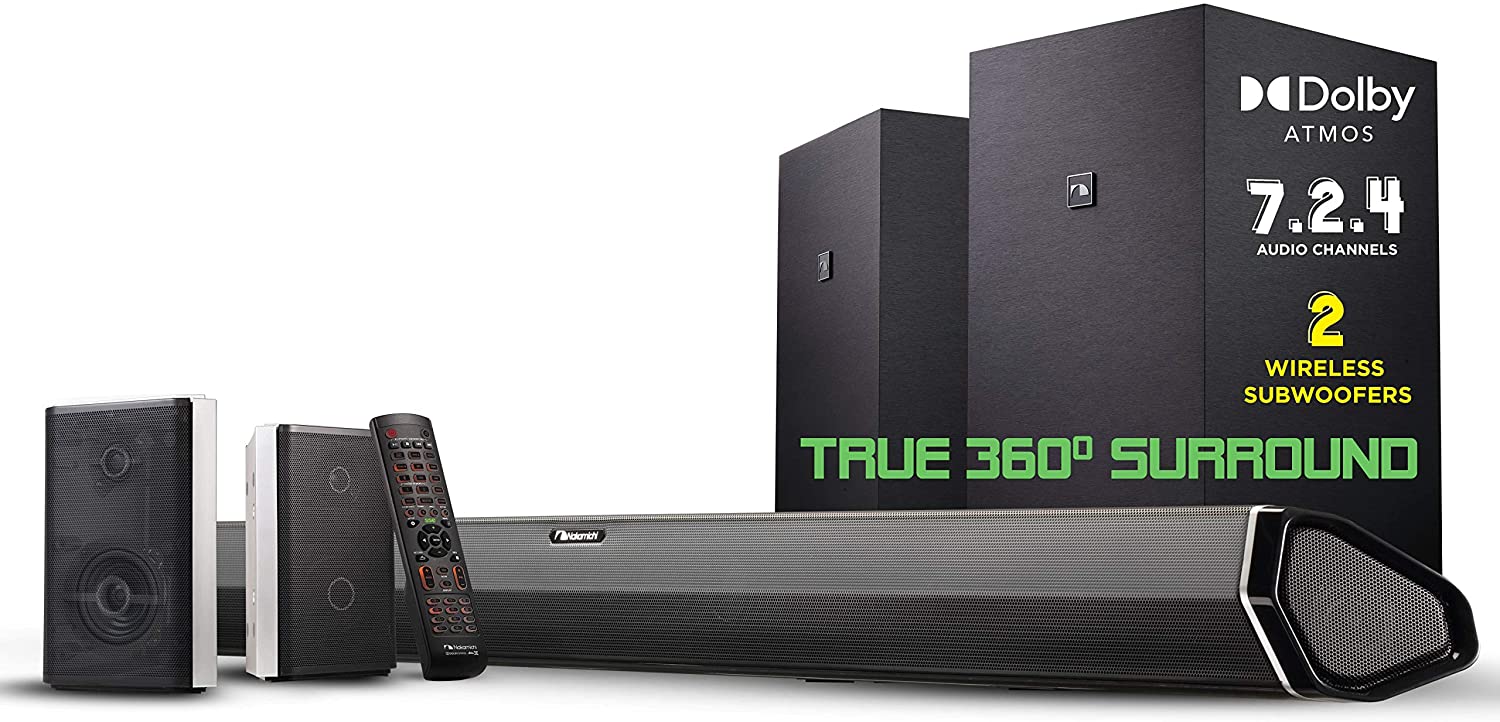Cheap Wireless Surround Sound System

The home entertainment landscape is evolving rapidly, with consumers increasingly seeking immersive audio experiences without the hefty price tag or complex wiring. Recent advancements in wireless technology have paved the way for affordable wireless surround sound systems, democratizing access to high-quality audio previously reserved for dedicated audiophiles and those with significant disposable income.
This article explores the rise of budget-friendly wireless surround sound systems, examining their features, benefits, and potential impact on the consumer electronics market. It also considers the trade-offs inherent in these lower-cost options and the implications for both manufacturers and consumers.
The Rise of Affordable Wireless Audio
Wireless surround sound systems are not new, but their widespread adoption was initially hampered by high costs and performance limitations. Early systems often suffered from unreliable connections, noticeable latency (delay), and inferior sound quality compared to their wired counterparts. However, technological advancements have dramatically improved wireless performance, reducing latency, increasing bandwidth, and enabling more sophisticated audio processing.
One of the key drivers of affordability is the adoption of technologies like Bluetooth 5.0 and Wi-Fi Direct. These standards offer improved range, stability, and data transfer rates, allowing for more reliable wireless audio transmission. Furthermore, advancements in digital signal processing (DSP) have enabled manufacturers to optimize audio quality even with smaller, less expensive speakers.
Key Features and Benefits
Cheap wireless surround sound systems typically comprise a central soundbar, a wireless subwoofer, and two or more wireless satellite speakers. The soundbar handles the front channels and dialogue, while the subwoofer provides the low-frequency effects (bass). The satellite speakers are placed behind or to the sides of the listening position to create a more immersive surround sound experience.
The primary benefit of these systems is their ease of setup and use. Without the need to run wires across the room, consumers can quickly and easily configure their home theater systems. This is particularly appealing to renters, apartment dwellers, and anyone who wants a clean and uncluttered living space.
Another significant benefit is the affordability. Many systems are now available for under $500, making them accessible to a wider range of consumers. This price point is significantly lower than traditional wired systems, which can easily cost upwards of $1,000.
Potential Drawbacks and Trade-offs
While cheap wireless surround sound systems offer compelling advantages, it's crucial to acknowledge the potential drawbacks. Sound quality is often a compromise, with these systems typically delivering less dynamic range and lower fidelity than higher-end wired systems.
Wireless interference can also be an issue, particularly in environments with many Wi-Fi networks or other wireless devices. This can lead to dropouts, distortion, and other audio anomalies. While technology has improved, it is still more susceptible to interference than wired systems.
Furthermore, some cheaper systems may lack advanced features such as Dolby Atmos or DTS:X support, which provide a more immersive and three-dimensional audio experience. Consumers should carefully consider their needs and expectations before purchasing a system.
Impact on the Market and Consumers
The rise of affordable wireless surround sound systems is disrupting the home entertainment market. Traditional audio companies are facing increased competition from newer brands that specialize in budget-friendly wireless solutions. This increased competition is driving innovation and pushing manufacturers to offer more features and better performance at lower prices.
For consumers, this means more options and greater access to immersive audio experiences. The ability to easily set up a wireless surround sound system without breaking the bank is a significant advantage for many households.
According to a recent report by Market Research Future, the global wireless audio market is expected to continue growing at a rapid pace in the coming years. This growth is being driven by factors such as the increasing popularity of streaming services, the growing demand for home entertainment systems, and the availability of affordable wireless audio solutions.
Ultimately, the advent of cheap wireless surround sound systems signifies a shift in the consumer electronics landscape. It's a move towards accessibility, convenience, and a democratization of high-quality audio for a wider audience. While trade-offs exist, the benefits of affordability and ease-of-use are undeniable, shaping the future of home entertainment.
